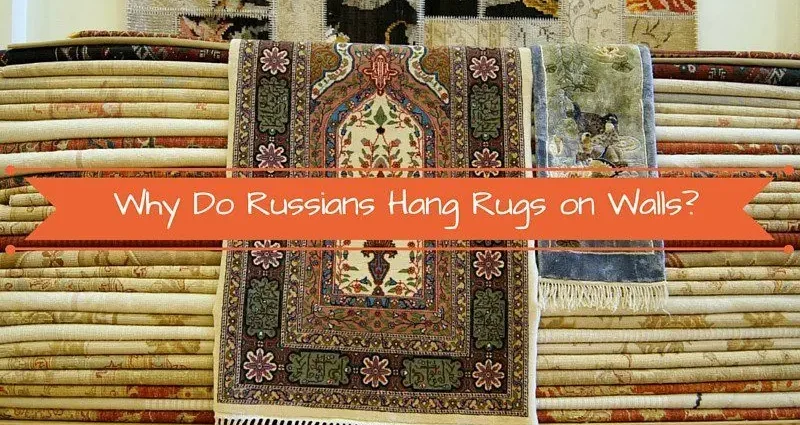Use as soundproofing
Whether you want to admit it or not, the apartments used to be quite noisy. The thick walls of Stalinist houses still somehow delayed the sound, but the Khrushchevs made it possible to listen to the neighbors as if through a piece of cardboard. It is now possible to protect walls with sound-absorbing materials, membranes, panels, and in Soviet times this was done with the help of … That’s right – carpets. If you want grannies on the benches not to discuss your personal life happening behind the wall, hang a thick carpet. Although where without gossip grandmothers in those days.
Protect wallpaper from pollution
The carpet was usually hung behind a sofa, bed, or armchairs. Repairs in the USSR were done less often than now. There were no such convenient materials for wallpapering. The putty and primer were replaced with homemade flour glue and newspaper, and paper (non-vinyl and non-woven) wallpaper was glued onto them. They quickly got dirty and often peeled off in the corners. For neatness in the house, a carpet was a must. It protected the wallpaper from stains and gave the house a neat look.
Blocked the unevenness of the walls
In the villages, the walls were not as smooth as they are now. They were plastered with clay and then whitewashed with chalk. The main wall needed a coating that would hide the flaws of the renovation. In apartments, burnt-out areas of wallpaper or greasy wall fragments visible above the bed were covered with a carpet. Sometimes it was easier to hang a rug than to redecorate the entire room. This may surprise us now, but for our ancestors, who grew up in Soviet times, it was quite logical.
In a modern interior, paintings and panels are hung on the walls, but the carpet is also quite acceptable. He now has an unimaginable number of options for the quality of the material, shape, pattern. They not only hang it on the wall, but put it on the sofa, sometimes they upholster the entire wall. Woven can play a key role in home design and are used in a variety of styles: Provence, Renaissance, Baroque, Art Deco, Loft or Art Nouveau. Let’s see how they do it now.










